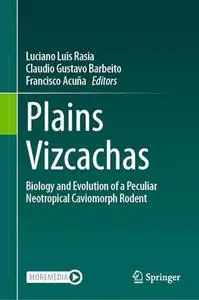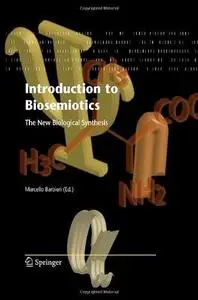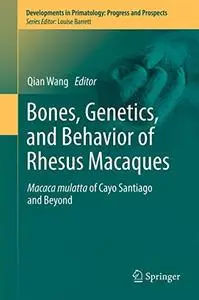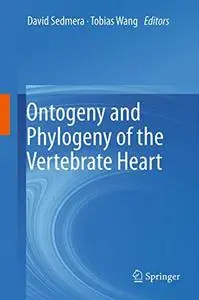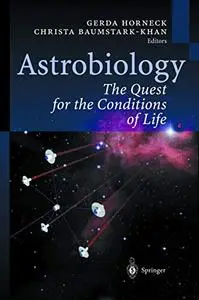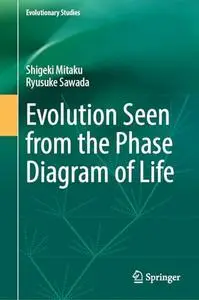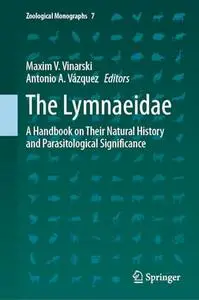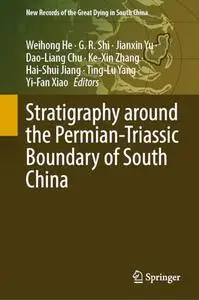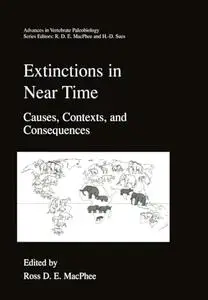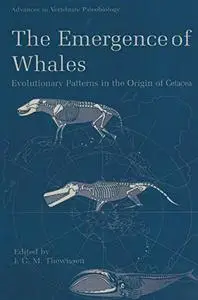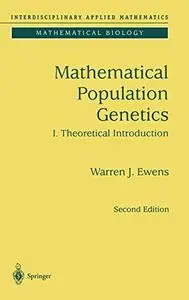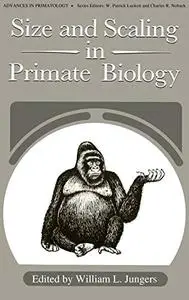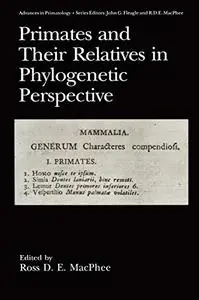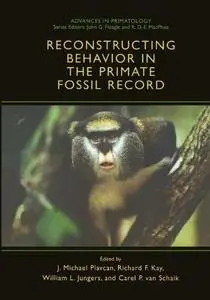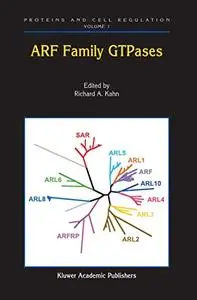Plains Vizcachas: Biology and Evolution of a Peculiar Neotropical Caviomorph Rodent by Luciano Luis Rasia, Claudio Gustavo Barbeito, Francisco Acuña
English | PDF (True) | 2024 | 389 Pages | ISBN : 3031494865 | 22.3 MB
The plains vizcacha (Lagostomus maximus) is a remarkable rodent of the Neotropic given several peculiar aspects of its biology, some of them quite unique among rodents or even among mammals. This book gathers specialists studying plains vizcachas from very different approaches, including paleontology, systematics, morphology, physiology, development and conservation. It is divided in two Parts, 1) Evolutionary History, and 2) Morphology, Development and Physiology. It will surely be a required reading for any researcher working with caviomorph rodents, mastozoology of the Neotropics or internal anatomy and physiology of mammals.


